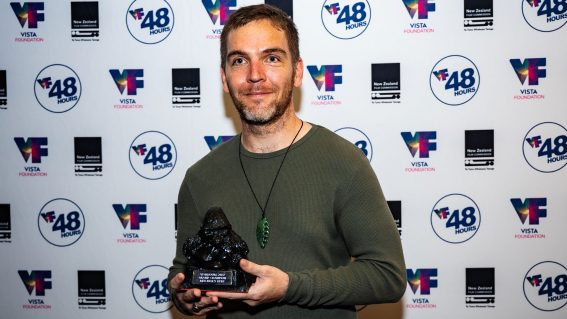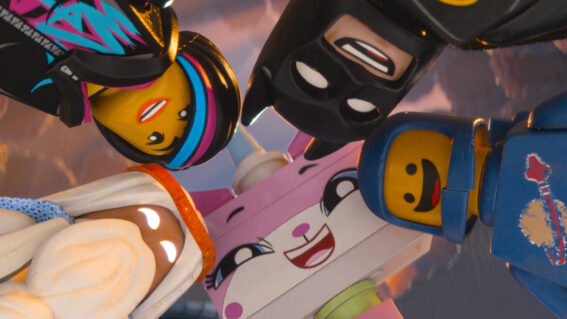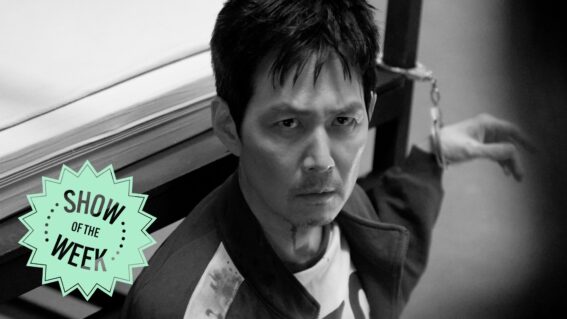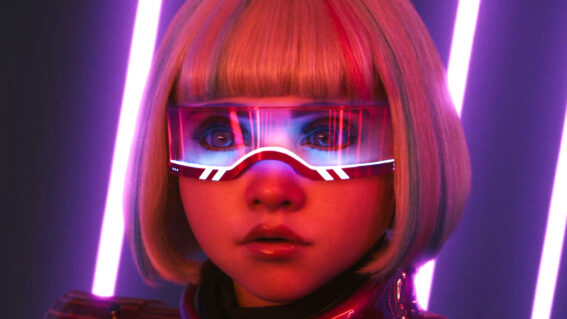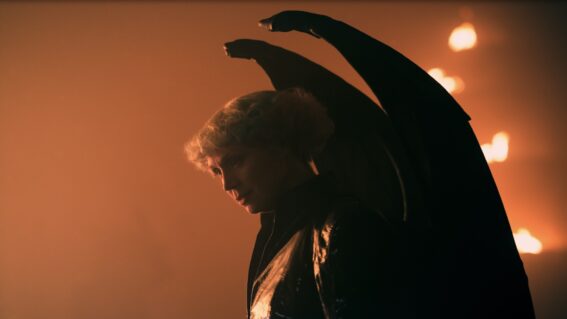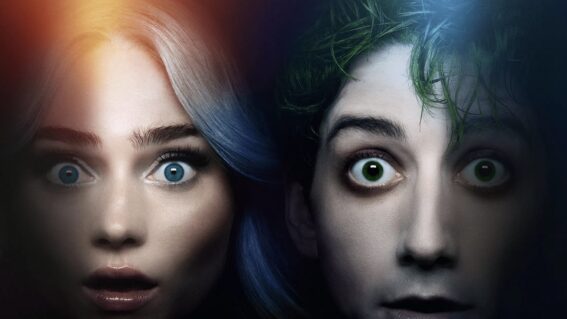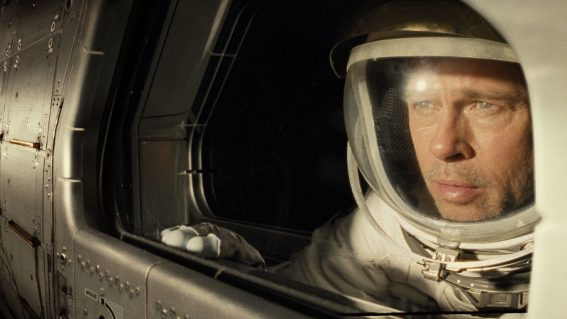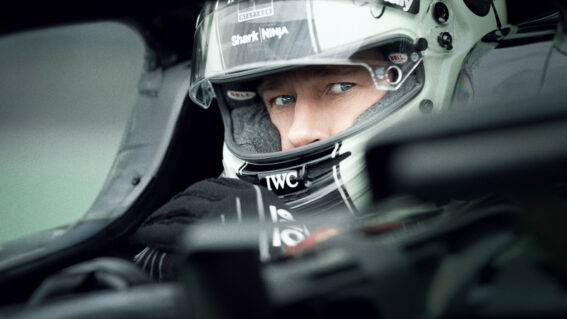Toy Story isn’t just a kids’ series, they’re films kids grew up with
Liam Maguren revisits one of cinema’s greatest achievements.
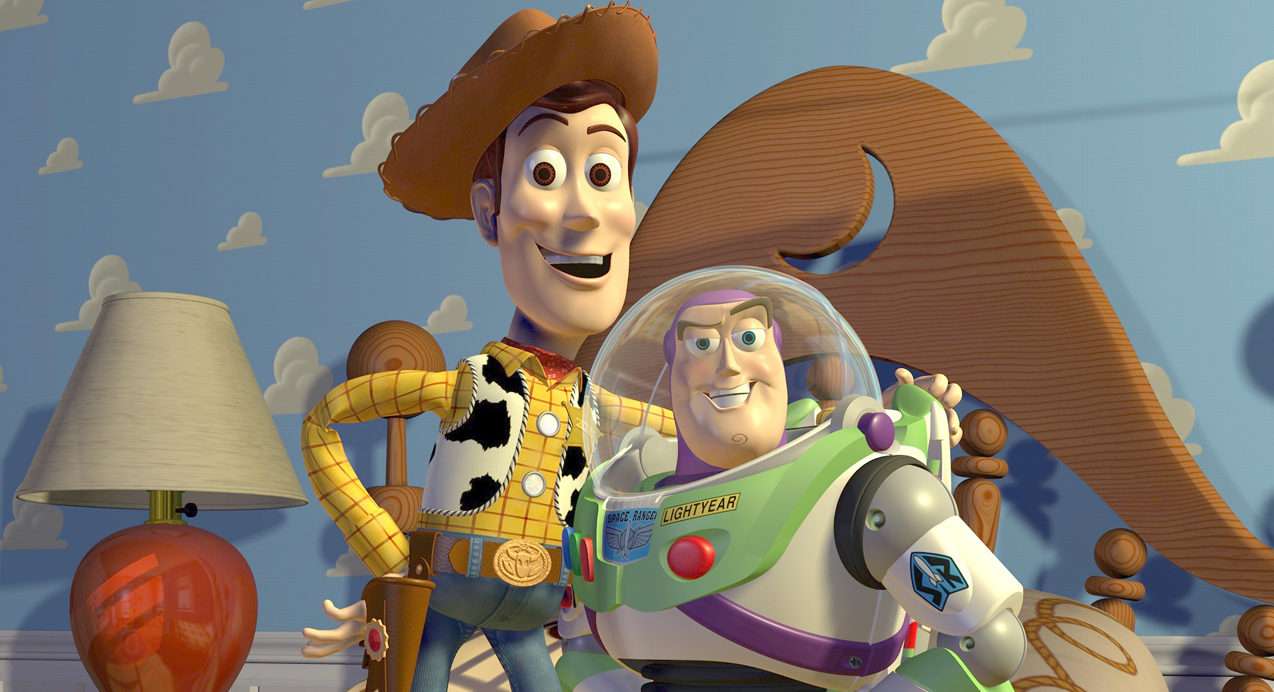
With Toy Story 4 in cinemas this week (a film that lives up to the series’ reputation, Adam Fresco writes in his 4-star review), Liam Maguren looks back at the franchise and explains what made it more than “just a kids film.”
With 1995’s Toy Story, a cinema miracle was born—not because it’s The First Computer Animated Film Ever but because it hasn’t really aged. While technology grows and changes, great storytelling always remains timeless. That’s why the team at Pixar put character and story above everything else.
So why toys? Putting aside the juicy product placement and merchandise money that would come, toys were the perfect objects for digital puppeteers in a medium still in its infancy (something Pixar put to practice years earlier with their Oscar-winning short Tin Toy).
Ye olde 3D of the 80s and 90s gave objects a plastic-y look. While you couldn’t convincingly use it to replicate the textures of the human body, it worked great for shiny action figures.
The technical limits of computer animation also worked in tandem with the physical limits of a toy. Woody’s hair didn’t need to move. Rex’s toes didn’t need to curl. Ham’s cheeks didn’t need to wobble.
With their main characters, the animators could ignore the defining complexities of human/reptile/animal anatomy. That’s why Buzz’s mechanical movements still seem natural today while child Andy looks more like a faulty robotics experiment.
Toys also represent a universal kind of love derived from the innocence and purity of childhood. Kids can relate to it. Adults can recall it. And Pixar relied on it.

On the surface, the first Toy Story expresses a simple fact of life: love is about acceptance, not control. In jealous Woody’s case, he can’t accept the possibility that Andy’s no longer interested in him. However, in trying to “correct” the situation, he only makes things worse.
Themes delve deeper when Buzz faces a harsher reality check. Fully believing he’s an actual guardian of the galaxy, he can’t comprehend the idea of just being a toy. In defiance of the truth, he tries to actually fly, only to have the truth slap him right in the face.
Imagine that for a moment. Being filled with the promise that you are meant to do great things for the entire universe only to find out you’re useful to just a select few. Is it any wonder working-class millennials cling to this film so much?
Woody and Buzz had to cast out their ideas of “what should be” and accepted “what is”—and it brought them together.
An example of perfect storytelling, Toy Story delivers steadfast morals to kids layered with more robust themes for unsuspecting adults. A lengthy pre-production time allowed Pixar to build a mountain of great ideas. There was so much, in fact, that some of that unsold gold reappeared just four years later with Toy Story 2.
The opening sequence, Buzz’s epic space mission, was meant the first film. However, it would not have looked anywhere near as good in 1995 as it did in 1999. The lighting’s more complex, particles more apparent, there are more moving characters on-screen, and a heck of a lot more environments to boot.
Four years is a long time in the life of CGI. It’s easier to buy Andy as an actual human and his dog Buster looks far less horrifying than Sid’s pooch from a technical point of view.
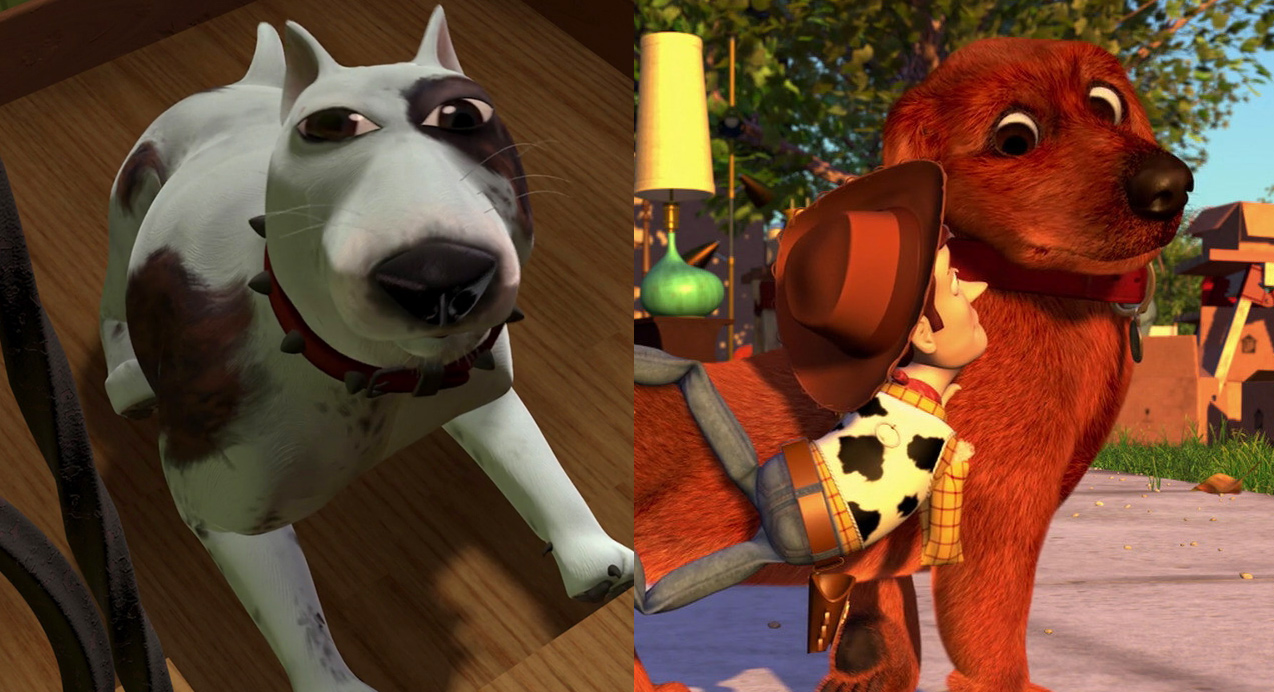
The valley became cannier, and the storytelling matured with it. The words “Toys don’t last forever” reverbs throughout Toy Story 2 with Woody realising his time with Andy is limited. Like a typical mid-life crisis, he finds himself clinging onto past glory: TV show phenomenon Woody’s Roundup.
New character Jessie brings the forewarned anguish home with her own tale of rejection through Randy Newman’s achingly beautiful When She Loved Me, sung with devastating melancholy by Sarah McLachlan. It might count as Pixar’s first successful attempt at turning parents into blubbering messes in front of their own kids.
(That song was nominated for an Oscar alongside South Park‘s Blame Canada. They both deserved the award but lost to Tarzan‘s You’ll Be In My Heart. Screw you, Phil Collins.)
As the dumb-dumb comedic relief in Woody’s Roundup, the unwanted old prospector doll proves to be the most tragic character of the lot. The fact that he’s “never been opened” acts as a clever dig at Collectors of Pop Culture Artifacts/hoarders. It’s also a constant reminder that he has never known true affection, a masterstroke of subtle visual storytelling.
His bitterness leads him to believe in one kind of love: a cold, distant, superficial form of admiration received by thousands of nobodies from behind a screen. In this case, that screen was a glass box inside a Japanese toy museum. Today, you could call that screen Instagram.
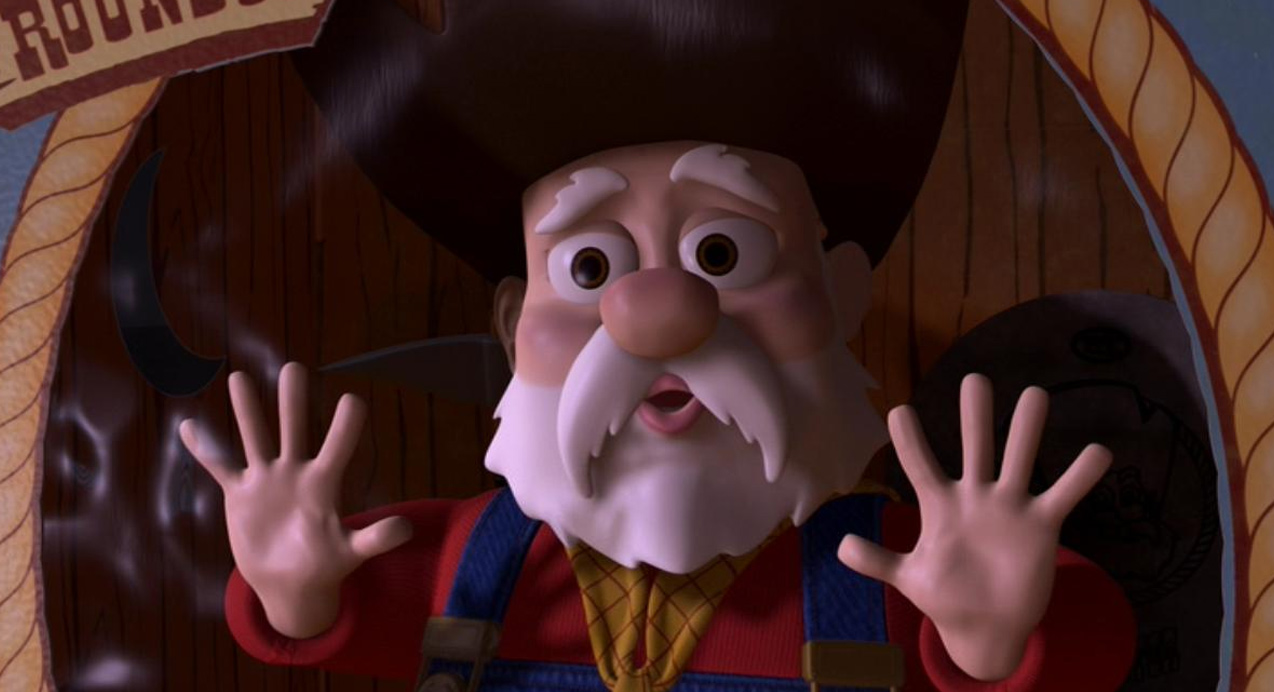
The film forced Woody to choose either an aeon of faint attention or a brief moment of unlimited affection. The old prospector didn’t shy away from stating—and foreshadowing—the dreadfully obvious.
“Do you really think Andy’s going to take you to college?”
“You will be ruined! Forgotten! Spending eternity rotting in some landfill!”
That’s some pretty weighty existential stuff to throw onto youngsters, but those kids who watched Toy Story in cinemas were four years older at this point, and by growing with its audience, Toy Story 2 proved itself a triumphant sequel.
When those same kids reached their twenties, they got Toy Story 3—and it didn’t hold back.
Andy’s off to college. Bo Peep and co. had been forgotten. The remaining gang feared the landfill. It was a grim time to be Andy’s toy—and that’s just the opening few minutes of the film.
Fortunately, the lighter moments of this threequel playfully subvert the prison escape genre. Arguably the most creatively comedic film of the series, Pixar enriched the kindergarten-as-a-penitentiary concept by tampering with well-known tropes.
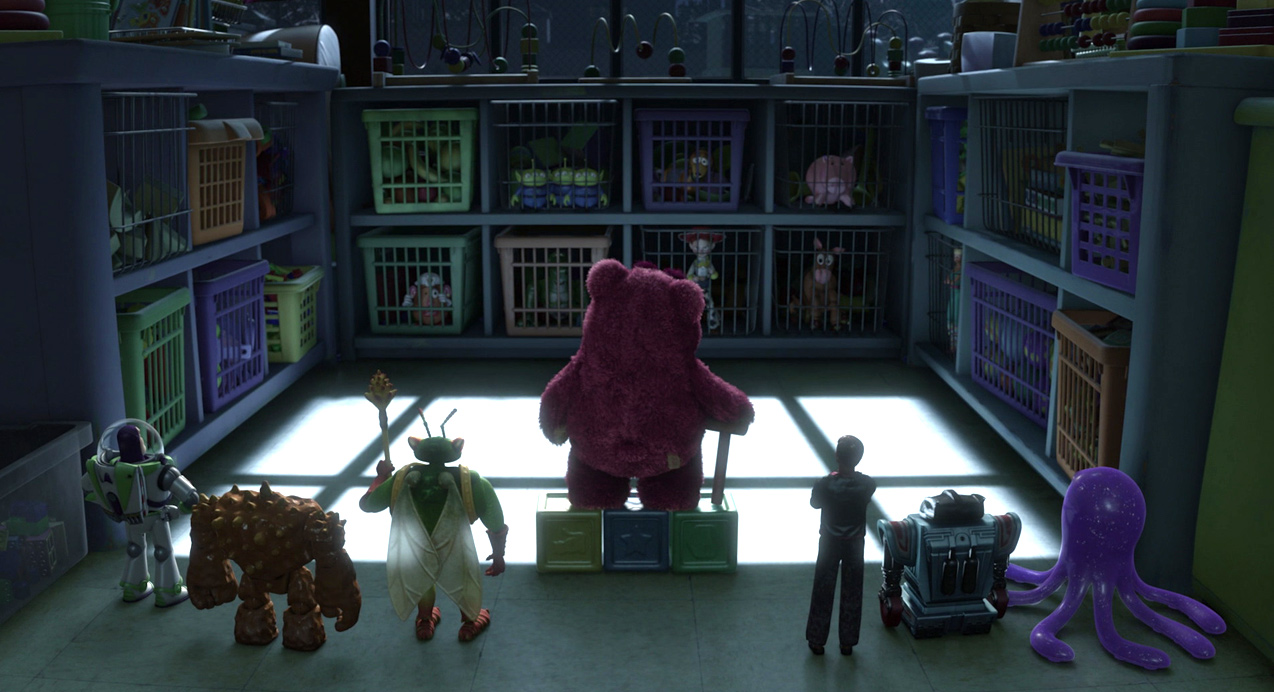
The tattooed bruiser played by a gigantic baby doll? Brilliant. A nasty sandbox doubling as solitary confinement? Perfect. Alarm systems manned by a freaky tambourine monkey? Pretty sure that inspired 2014’s Five Nights at Freddy’s.
The hugely enjoyable escape sequence must have taken months to plan and coordinate. Ultimately though, it’s a detour leading to what the film’s really about: letting go.
The most distressing ‘letting go’ moment saw the gang slowly descend into the landfill inferno. Were they letting go of hope? Perhaps. I see it more as them letting go of the idea that they’ll last forever. No-one can really hold onto their mortality, but everyone has the ability to hold onto friendships, which is why the gang clutch hands while staring into the abyss.
Their eventual rescue leads to the more significant ‘letting go’ moment with Andy giving his toys away to adorable little tyke Bonnie. It’s a bittersweet goodbye that turned all the twentysomethings in the audience into Andy for those few seconds.
We all move on. We all grow out of certain things or people we once loved. Instead of hiding from that fact, Toy Story 3 simply states the nature of it through Pixar’s masterfully tender methods of storytelling.
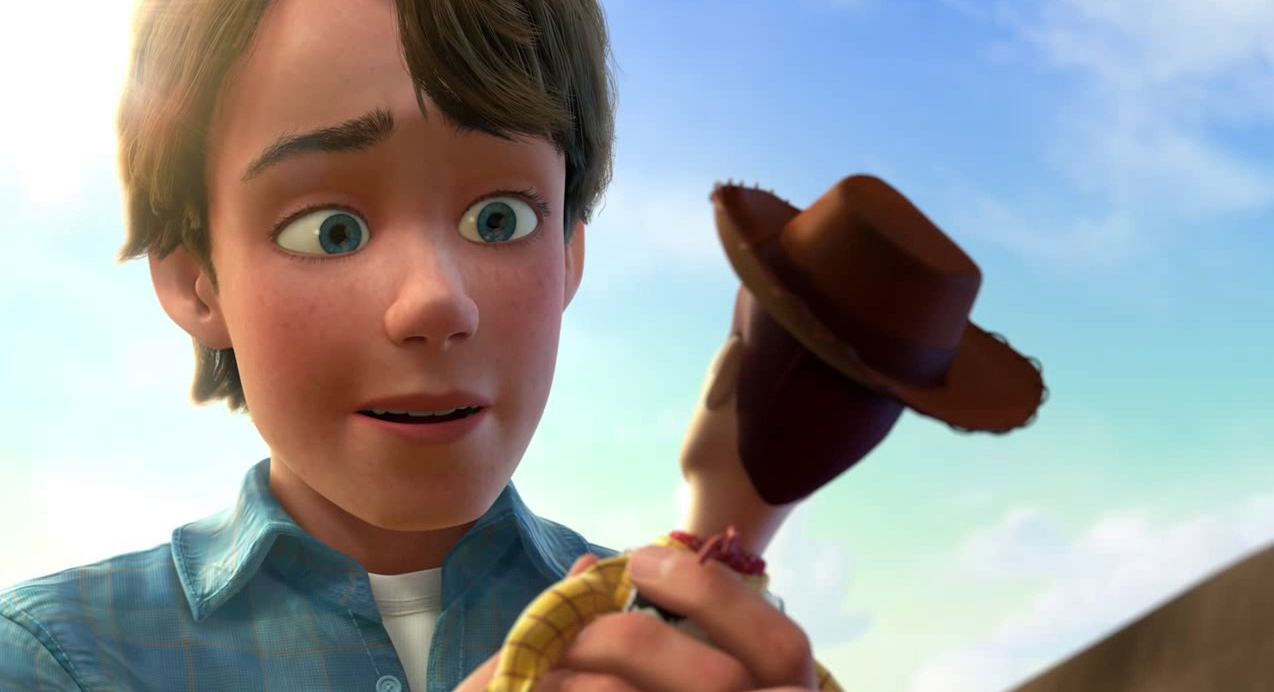
You can understand the angst fans had with the announcement of Toy Story 4. “Didn’t they just tell us to move on? How can Pixar breathe new life into this?”
That’s the thing: the fourth film’s all about breathing new life into a character, namely a googly-eyed spork named Forky. But don’t mistake this move as a superficial money-grabbing exercise.
Rather, consider the child who saw Toy Story in a cinema back in 1995. Consider their age now. Consider the idea that they have friends with kids, or even kids of their own. A Toy Story about a new toy being born into the world makes a whole lot of sense.
And don’t for one second think Pixar will take it easy on us. This new Toy Story will almost certainly plunge you back into the themes of love and mortality, and if your own kids don’t pick up on the more mature themes the first time around, they almost certainly will upon the second/third/eighteenth rewatch.
That’s what makes Toy Story a cinema miracle. They aren’t just films for kids. They’re films you grow up with.






